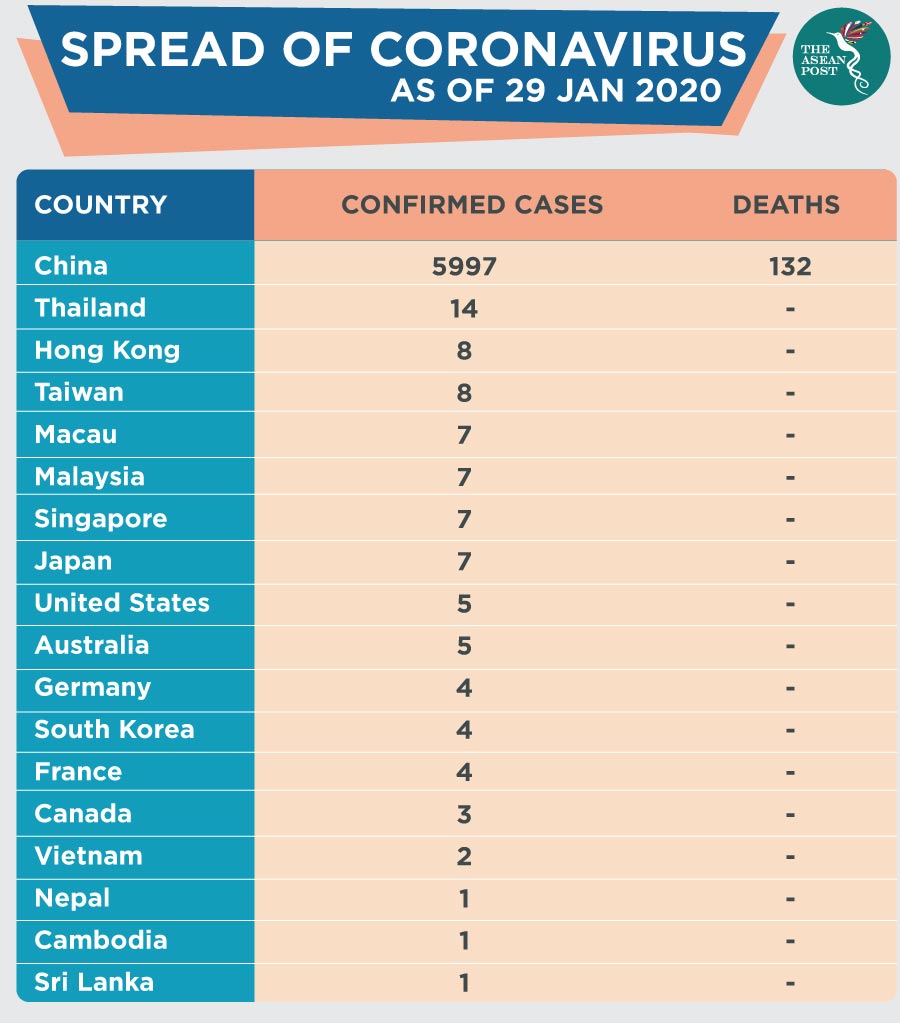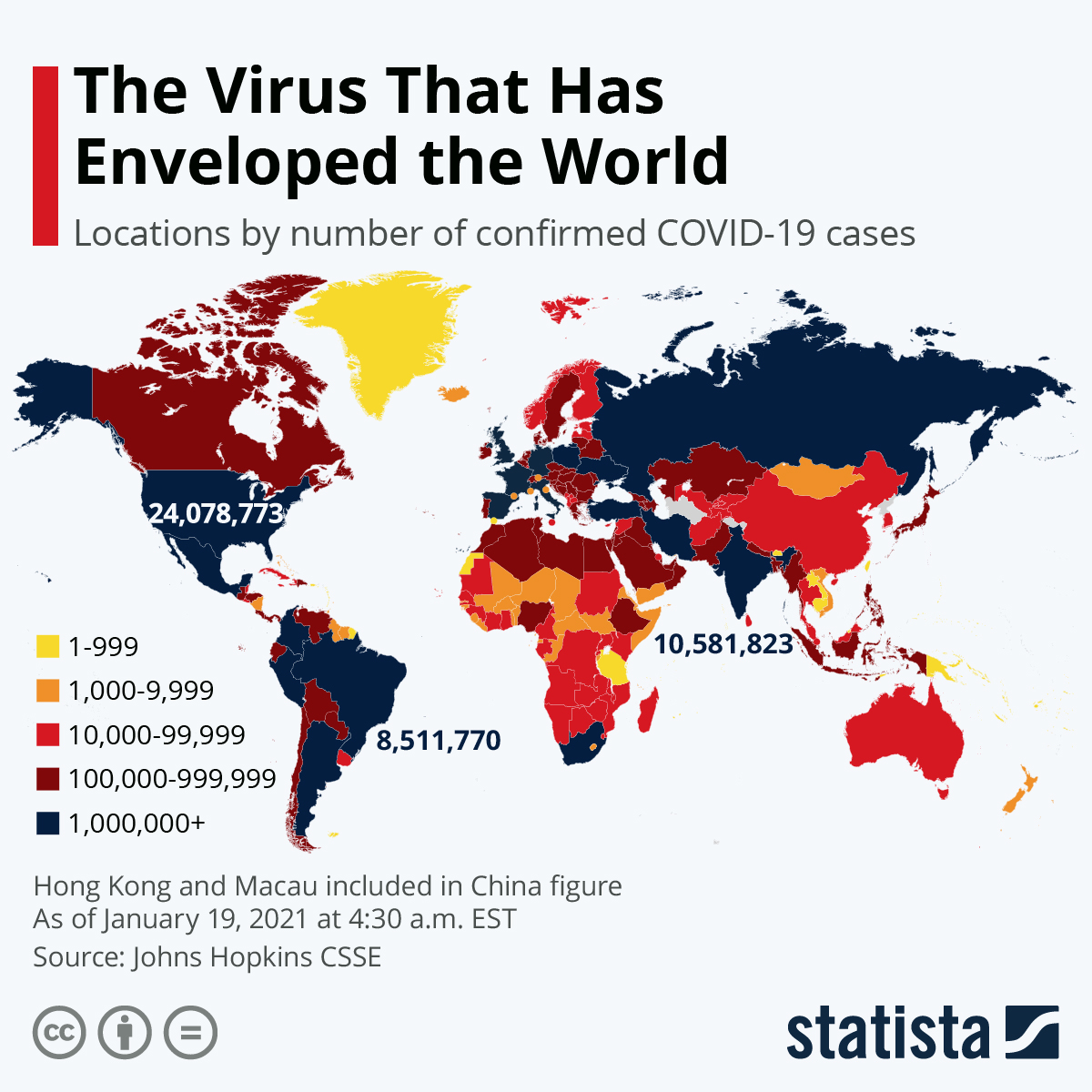
After more than three years of daily reporting of coronavirus data in the United States, The New York Times is ending its Covid-19 data-gathering operation. 30 that booster doses are sometimes misclassified as first doses, which may overestimate first dose coverage among adults. “It’s amazing how it feels like just yesterday, it was such a different world.About this data Sources: Centers for Disease Control and Prevention, state governments, U.S. “The stress level is so much better,” Ozdalga said of walking into the hospital. The recent plunge in COVID patients is striking to doctors and nurses who were so overwhelmed for much of the past three years. More than 500 Californians were dying each day at the height of our deadliest surge in the first winter of the pandemic. “Most people don’t think of it as a big deal, but it is for some people,” he said, like the families of the six Californians dying from the virus each day, still. If that is a frustration you share, there will be some relief around September, he expects, when the first of what is expected to become an annual COVID vaccine will be available, with a public health approach similar to the flu vaccine.ĭespite the new record low hospitalizations, there are still many vulnerable people Chin-Hong warns. “One common theme I’ve been hearing from people is that everybody’s fed up because they can’t keep track of the vaccines,” Chin-Hong said. San Jose airport trips zoom higher, but pre-COVID heights stay distant For many, their most recent booster was more than a year ago, but this fall will bring a new chance for boosting immunity. Wachter said he had received the most recent bivalent vaccine - designed to protect against both the original and more recent variants - in April, but its protection against infection wanes after two to three months. Wachter, for example, was hospitalized because of the injuries he sustained after fainting while suffering from an otherwise mild COVID infection. Wachter’s experience highlights one of the oddities of COVID hospital data, the fact that there is no distinction between those who are hospitalized for complications from the virus from those who are hospitalized for other reasons and happen to test positive for the virus. … I literally have scars to show for it.” “My case is a cautionary tale, particularly for the ‘just a cold’ folks,” tweeted Wachter, the chair of UCSF medical department. He described an ordeal that landed him in the hospital’s emergency department with his first COVID infection after he passed out in the shower and hit his head in the fall. Bob Wachter, Chin-Hong’s colleague at UCSF, announced on Twitter this week that his “luck ran out” and he had finally caught the virus. While COVID precautions have disappeared along with much of the public’s concern, the virus is not gone. The number has dropped more than 95% since then. 
That was before vaccinations were widely available and before the virus lost some of its deadly edge.

Now, totals have been less than that since early June.Ĭompare that to early January 2021, during the first winter surge of the pandemic, when people hospitalized with the virus reached a peak of more than 22,000 patients in Golden State hospitals. Statewide, before this summer the previous low was 1,170 people hospitalized with COVID in June 2021. He said UCSF had 11 COVID patients on Thursday, about one-tenth of its peak, but not insignificant. Peter Chin-Hong, a UC San Francisco professor of medicine who specializes in infectious diseases. “We’re at the lowest point, but the lowest point doesn’t mean zero,” cautioned Dr. The number of patients with the virus at California hospitals reached a new low this month since the start of the pandemic, with just 611 reported on July 2. “I can’t remember the last time I saw someone purely admitted for COVID,” said Ozdalga, a clinical associate professor of medicine at Stanford, who had only one patient in those two weeks with the virus that once overwhelmed every facet of the health care system.

Errol Ozdalga finished a recent 14-day stretch of working on the general medicine floor at Stanford Hospital, he realized what was no longer plaguing California’s hospitals.







 0 kommentar(er)
0 kommentar(er)
